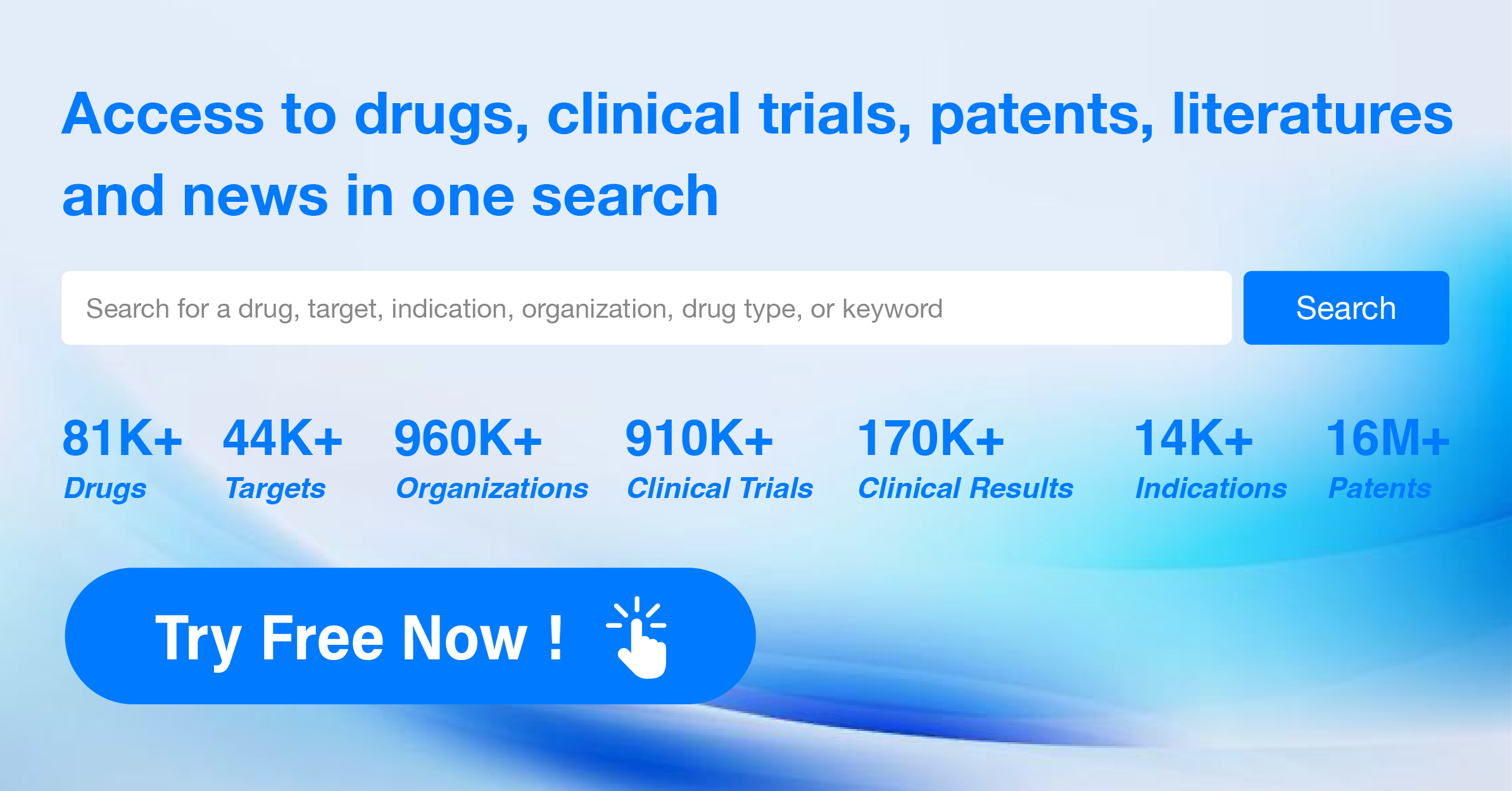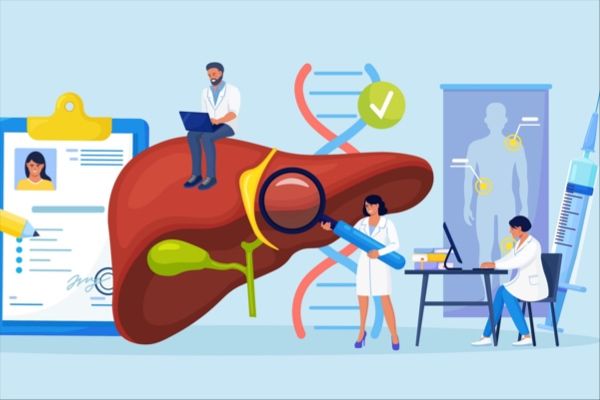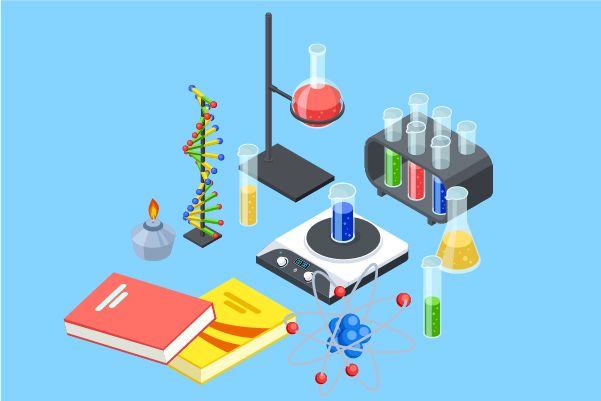What is Pharmacovigilance?
Pharmacovigilance is the science and practice of monitoring the safety and adverse effects of medications that are prescribed, sold, or otherwise in use. The term is derived from "pharmaco-" (relating to drugs) and "vigilance" (the state of being watchful or alert). It involves the collection, identification, assessment, understanding, and prevention of adverse effects or any other drug-related problems.
Key aspects of pharmacovigilance include:
1.Adverse Drug Reaction (ADR) Monitoring: The systematic detection, assessment, understanding, and prevention of adverse effects or any other possible drug-related problems.
2.Post-Marketing Surveillance: The ongoing monitoring of the safety of a drug after it has been marketed, which includes gathering data on ADRs and analyzing it to identify safety concerns.
3.Reporting Systems: The establishment of systems for healthcare professionals and patients to report suspected ADRs to regulatory authorities and drug manufacturers.
4.Risk Management: The development and implementation of strategies to minimize risks associated with drug use while maximizing the benefits.
5.Regulatory Compliance: Ensuring that all activities related to pharmacovigilance meet the legal requirements set forth by regulatory agencies.
6.Patient Safety: The central focus of pharmacovigilance is to protect patient safety by ensuring that the benefits of medications outweigh their risks.
7.International Collaboration: Pharmacovigilance is a global effort, with international organizations and networks facilitating the exchange of safety information across borders.
8.Education and Training: Providing healthcare professionals and the public with the knowledge and skills necessary to report and understand drug safety issues.
Pharmacovigilance plays a critical role in the pharmaceutical lifecycle, helping to ensure that medications are safe for public use and contributing to the overall safety of healthcare systems worldwide.




